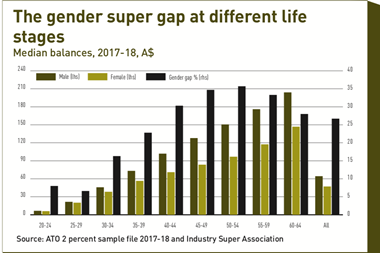RPMI Railpen, which manages some £32bn (€37.2bn) of assets on behalf of the UK’s railway pension schemes, has launched an internal trading desk to strengthen its in-house capabilities.
The investor expects to support all trading activity via the internal desk by the end of the third quarter this year.
Investment director Rachit Sharma led the project, which was revealed last year in connection with the appointment of Tom O’Kelly from Santander Asset Management as head trader. Sharma will continue managing Railpen’s trading arrangements and O’Kelly will lead day-to-day execution.
“Internalising our trading desk delivers many benefits, ultimately for the scheme’s members,” said Sharma. ”The new desk will enable us to seize opportunities quickly, reduce complexity, and have increased control over our risks while lowering the costs associated with trading.”
Craig Heron, head of public markets and sponsor of the project, noted the achievement of delivering it during successive lockdowns and via remote working.
Funding status resilient amid increased volatility – PwC
The UK’s 5,300 corporate defined benefit (DB) pension schemes remain in a surplus funding position this month amid increased market volatility, according to PwC’s pension funding index.
Asset values increased to offset some of the £80bn uptick in liability values due to falling Gilt yields, leaving the funding at a surplus at £10bn based on schemes’ own measures. This now makes for six months of aggregate surplus for the UK’s DB scheme universe, PwC noted.
The consultancy’s adjusted funding index, meanwhile, showed a £190bn surplus for July. This incorporates strategic changes such as a move away from Gilts to higher-return, income-generating assets, and also uses a different, more realistic approach for the longevity assumption.
Women’s pension pots less than half men’s, UK study shows
New research from Legal & General, based on analysis of customers in its own defined-contribution (DC) product, shows that on average these pension savings are far smaller for women than for men at retirement – less than half the size.
L&G said the analysis was of proprietary data from its subsidiary Legal & General Investment Management (LGIM), on around four million of its DC members as at 6 April 2021. It did not take account of any other pension provision customers may have had elsewhere.
In the sample, the firm found the average pension pot of a woman at retirement was £10,000, less than half the average £21,000 in such savings possessed by the average man stopping work.
The research also shows the gender gap for this particular pension to be 17% at the beginning of women’s careers, and to have reached 56% at retirement – with women having less in pension savings than men.
The gap was just as marked in female-dominated industries, L&G said, citing the senior care sector as an example. Here, it said, 85% of pension scheme members were women, but the average woman’s pot size was 47% smaller than that of the average man.
Stuart Murphy, co-head of DC at LGIM, said changing social and workplace attitudes should help begin to level the playing field in terms of responsibilities, helped by the increasing acceptance of more flexible working patterns.
“We need to see increased support from the state and employers in levelling the playing field by looking at issues such as lowering the eligibility age and raising the minimum contributions for auto-enrolment, as well as addressing the pay gap for part-time employees,” Murphy said.
Men and women were also shown by the data to tend towards different choices regarding their pension options at retirement, according to the L&G findings.
While 86% of men were choosing to take their pension in cash, 92% of women were taking this option, the firm said, and whereas 7% of women considered a drawdown, 12% of men mulled that possibility.
Contrast this with
Danish lobby group sees women’s pension pots overtaking men’s
… while the Swedish Pensions Agency has presented a less optimistic set of facts about the gender pensions gap









